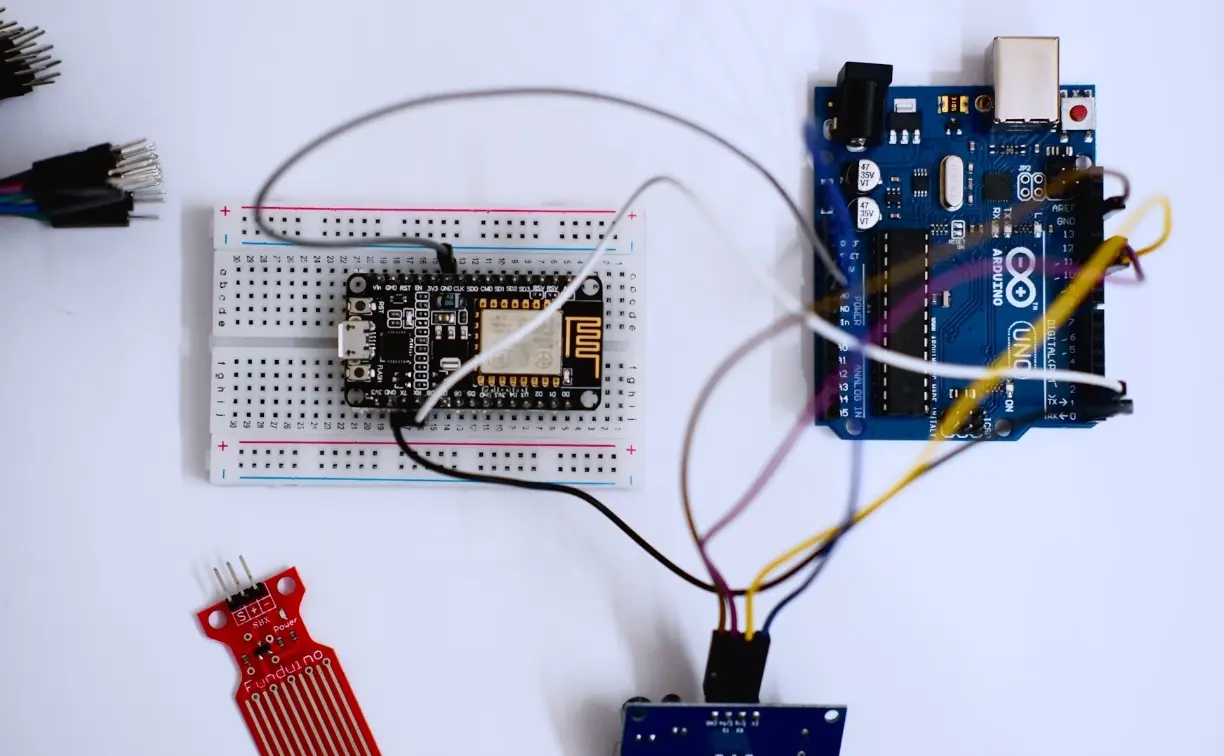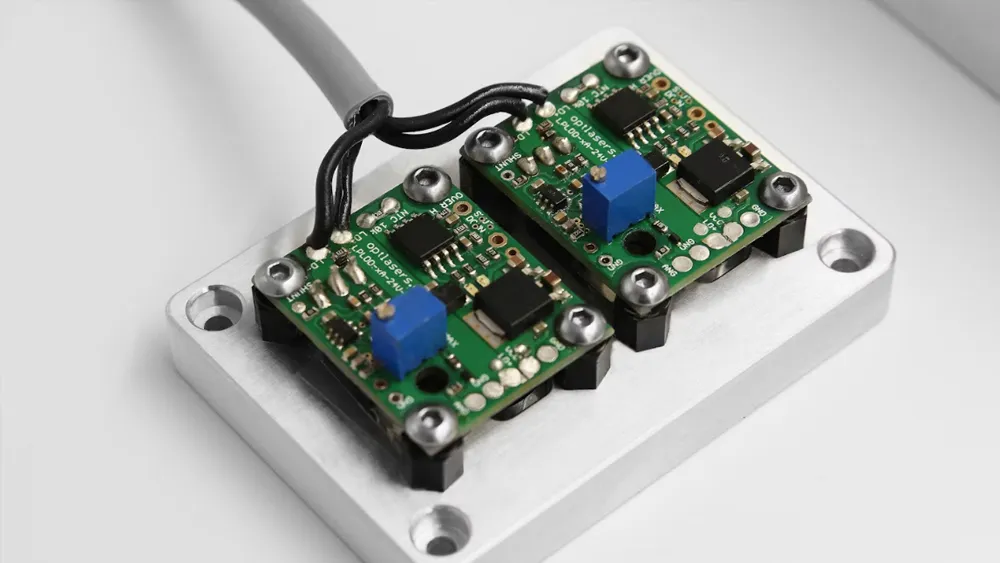
Luminaire CB Certification Testing
Main Luminaire Standards:
The primary safety requirements for luminaires are outlined in the iec 60598series of standards, which are either adopted identically or with modifications by most countries.
The IEC 60598 series is divided into two parts:
- Part 1: General Requirements– Specifies general safety requirements.
- Part 2: ParticULar Requirements– Specifies requirements for specific types of luminaires, supplementing or modifying the relevant clauses of Part 1.
The complete safety requirements for any specific luminaire type are thus composed of both the general and particular standards applicable to that type.

IEC 60598-1is the general safety standard for luminaires. It applies to tungsten filament lamps, tubular fluorescent lamps, and other gas-discharge lamps, with power supply voltages not exceeding 1000V. The standard classifies luminaires by protection against electric shock into:
- Class I
- Class II
- Class III
It covers various components and aspects such as conduits, lampholders, terminals, switches, insulation pads and sleeves, Class II insulation, electrical connections and current-carrying parts, mechanical connections and sealing glands, mechanical strength, suspension and adjustment devices, drain holes, corrosion resistance, and protective covers.
Luminaires play a critical role in household safety. Testing aspects include short-circuit protection, external wiring, power cord or cable connections, cable installation, wire fixings, internal wiring, grounding, electric shock protection, dust and moisture resistance, humidity tests, insulation resistance, dielectric strength, leakage current, creepage distances, and clearances.
CB Scheme Overview:
The CB Schemeis a system for mutual recognition of electrical product safety test results, established by the IEC System for Conformity Testing and Certification of Electrotechnical Equipment and Components (IECEE).
Through the CB Scheme, manufacturers can achieve multiple national certifications with a single set of test results—saving significant time and costs. Manufacturers with a cb certificate can use it to streamline certification in other participating countries.
Key Steps in the Luminaire cb certification Process:
1. Sample Submission:Manufacturer submits product samples to a cb testing Laboratory (CBTL) to verify compliance with relevant IEC standards and national deviations.
2. Testing:CBTL conducts evaluations to ensure the product meets all technical and safety requirements.
3. Report Issuance:Upon passing, the CBTL issues a cb test report and Certificate.
4. National Certification:Manufacturer submits the CB Report and Certificate to the National Certification Body (NCB) of the target country to obtain national certification, enabling legal market entry.
CB Certification Standards for Luminaires:
- Fixed General Luminaires: IEC 60598-2-1; IEC 60598-1
- Recessed Luminaires: IEC 60598-2-2; IEC 60598-1
- Road/Street Lighting: IEC 60598-2-3; IEC 60598-1
- Portable General Luminaires: IEC 60598-2-4; IEC 60598-1
- Floodlights: IEC 60598-2-5; IEC 60598-1
- Aquarium Luminaires: IEC 60598-2-11; IEC 60598-1
- LED Drivers: IEC 61347-2-13; IEC 61347-1
- LED Modules: IEC 62031
- Self-ballasted LED Lamps: IEC 62560
- Tubular LED Lamps: IEC TR 62776
CB Certification Test Items for Luminaires:
1. Marking
2. Humidity Resistance
3. Ball Pressure Test
4. Needle Flame Test
5. Glow Wire Test
6. Electric Shock Protection
7. Leakage Current
8. Cable Pull Test
9. Ground Resistance
10. Tracking Resistance
11. Insulation Resistance and Dielectric Strength
RequiRED Documents for CB Certification:
- Nameplate
- Model List
- Trademark Declaration
- Circuit Diagram
- User Manual / Specification Sheets
- List of Key Components
Advantages of Applying for CB Certification:
1. Conversion to Foreign Certifications:
With a cb test certificate and Report, manufacturers can apply directly for certification in other countries. After review (and possibly minimal sample testing), certification may be granted without the need for full retesting according to the target country’s procedures—leading to faster processing and reduced costs.
2. Conversion to Chinese National Certification:
A CB Test Report can be used to obtain China's compulsory or voluntary product certification through differential testing.
3. Recognition by Other Countries:
Products may be directly accepted in certain markets using only the CB Test Certificate and Report.
4. Cost and Time Savings:
By applying for a CB Certificate within China, domestic manufacturers save on testing fees and logistics time compared to conducting foreign tests—enabling quicker market entry.
5. Higher Testing Confidence:
Having a CB Certificate increases the likelihood of passing foreign certifications. CB results are often accepted wholly or in part, reducing the need for repeated testing and enhancing the chances of success in differential tests.
Email:hello@jjrlab.com
Write your message here and send it to us
 What is Amazon US CPC Certification?
What is Amazon US CPC Certification?
 UK Toy Safety Regulation Standard EN 71-13
UK Toy Safety Regulation Standard EN 71-13
 What is EU UFI Registration?
What is EU UFI Registration?
 EU UFI Registration for E-cigarette E-liquid
EU UFI Registration for E-cigarette E-liquid
 How to get the MSDS Report for Electronic Cigarett
How to get the MSDS Report for Electronic Cigarett
 Prop 65 Warning on Appliances
Prop 65 Warning on Appliances
 Apparel Heavy Metal Testing
Apparel Heavy Metal Testing
 Can You Conduct Lab Tests to UL Standards
Can You Conduct Lab Tests to UL Standards
Leave us a message
24-hour online customer service at any time to respond, so that you worry!




